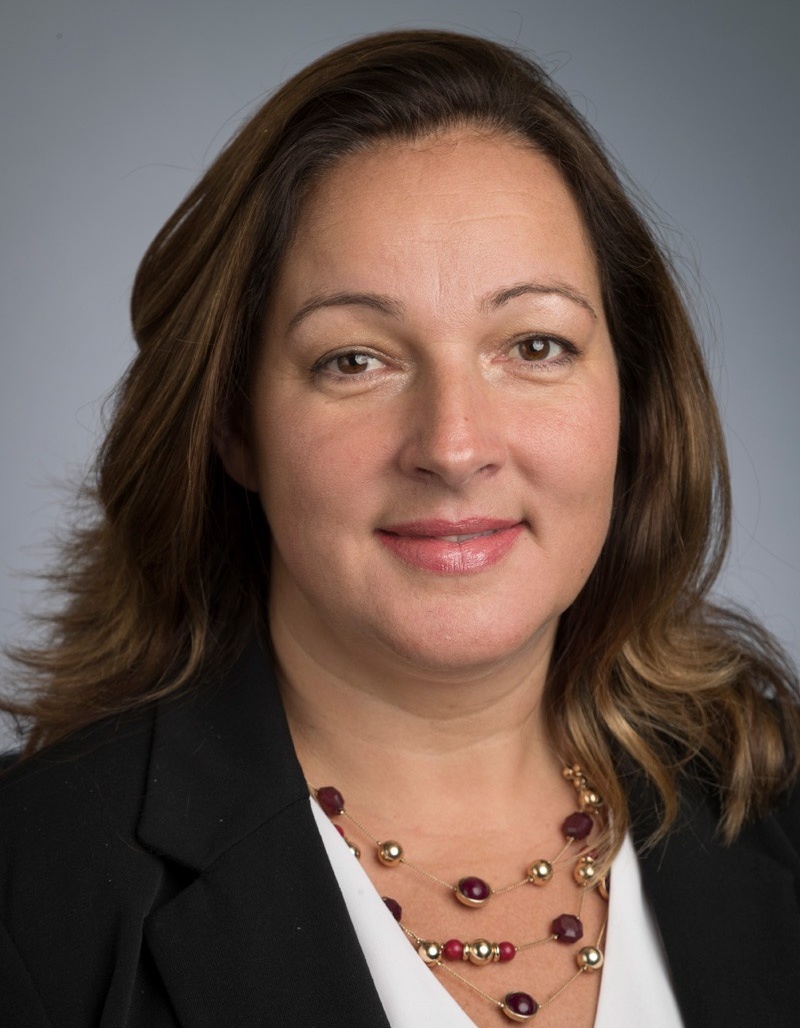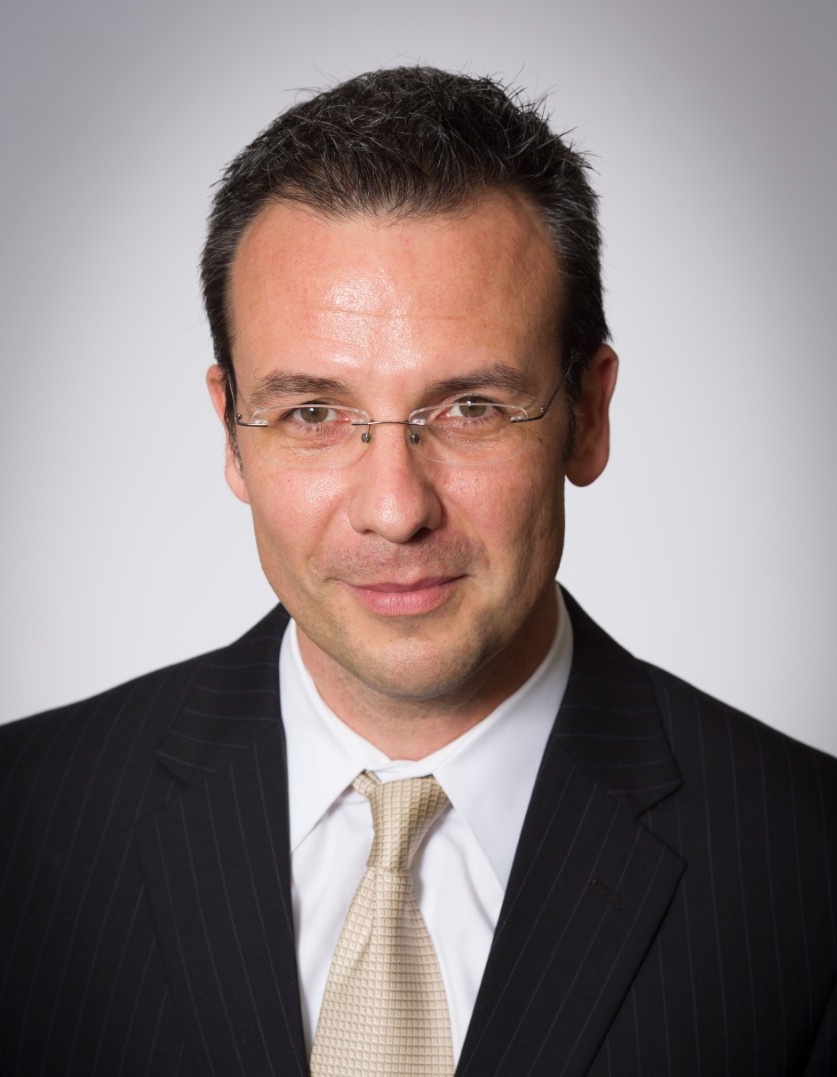Insights
News about faculty and their research
On this page:

Inside the mind of a hacker

Gaia

Sanders
Whether cracking digital security for good or ill, hackers tend to be people who are manipulative, deceitful, exploitative, cynical and insensitive, according to new School of Management research.
Presented at the Hawaii International Conference on System Sciences, the study analyzed the psychological profiles of college students in computer science and management to see which personality traits led to three different kinds of computer hacking: white hat, gray hat and black hat.
White hats are ethical hackers, who help organizations detect and fix security vulnerabilities. Gray hats are “hacktivists,” who hack for ideological reasons, such as attacking a political adversary, a company policy or even a nation-state. And black hat hackers, sometimes called crackers, are motivated by personal gain—or just in it for the thrill of the attack, revenge or notoriety.
“Gray hatters oppose authority, black hatters are thrill-seeking and white hatters—the good guys—tend to be narcissists,” says Lawrence Sanders, professor of management science and systems. “So even though white hats may be devious and psychopathic, we need them to address nefarious hacking activity.”
The researchers surveyed 439 sophomores and juniors to determine their personality traits, and developed scales to determine the three hat categories and measure each person’s perception of the probability of being caught violating privacy laws.
“Engaging in criminal activity involves a choice where there are consequences and opportunities, and individuals perceive them differently,” says Joana Gaia, clinical assistant professor of management science and systems. “But, they can be deterred if there is a likelihood of punishment—and the punishment is severe.”
Their results suggest security compliance will continue to be a problem, but there are several ways organizations can reduce the impact of or prevent breaches.
“Firms can use monitoring technology and multifactor authentication to prevent unauthorized access to physical and digital spaces,” says Gaia. “Organizations could use personality traits to evaluate employees as security threats, but that should be approached cautiously for practical, ethical and privacy reasons.”
Sanders and Gaia collaborated on the study with Bina Ramamurthy and Shambhu Upadhyaya, both UB faculty members in computer science and engineering; UB PhD students Sean Patrick Sanders and Xunyi Wang; and Chul Woo Yoo, assistant professor of information technology and operations management in the Florida Atlantic University College of Business.

Hedge fund managers use complicated writing to deceive

Tiu
Take note, investors: An investment strategy filled with confusing language can be a sign of dishonesty, according to research from the School of Management.
Published in SSRN, the study found that hedge fund managers who use complex writing experience more regulatory actions, report more severe infractions and violate more investment rules.
On the other hand, managers with clearer, more expansive vocabularies were more honest and linked to higher returns, outperforming funds with complex write-ups by 3.63% annually.
“Convoluted writing can be a sign that a fund manager has something to hide,” says Cristian Tiu, associate professor and chair of finance. “They don’t want to divulge too much and inadvertently reveal the inconsistencies in their operations.”
To determine the complexity of hedge fund writing, the researchers evaluated more than 21,000 funds from 1994 to 2016 and analyzed the number of distinct words, grammatical structure, and sentence and paragraph length.
The good news, though, is the study found investors tend to put more money into funds with more understandable descriptions than those that are more complicated to read.
“The richness of the vocabulary used by a portfolio manager provides legitimate insight into their sophistication as an investor,” says Tiu.
Tiu collaborated on the study with Juha Joenväärä, assistant professor of finance at Aalto University; Jari Karppinen, doctoral student at the University of Oulu; and Melvyn Teo, the Lee Kong Chian Professor of Finance at the Singapore Management University Lee Kong Chian School of Business.
Going overboard?

Gu
Corporate directors are busy people—but according to investors, they can be too busy.
Published in the Journal of Financial and Quantitative Analysis, new School of Management research shows that when directors who serve on multiple boards resign, investors react positively toward the company they left and those that keep them on board.
“Sitting on several boards shows these directors are in high demand,” says Feng Gu, professor and chair of accounting and law. “But investors may also assume ‘busy’ directors will be distracted and devote less time to their company.”
The researchers compiled data from 1996 to 2016 on about 1,500 companies a year. While the average board has shrunk, they found the amount of people who hold multiple board seats has increased from 26.8% to 40% of all directors.
Next, they zeroed in on a sample of 314 directors who resigned from a board between 2004 and 2007, when regulations were increasing director responsibilities and investor scrutiny.
They discovered that when news broke of a director’s resignation, the companies that retained them saw positive cumulative abnormal returns over the next three days. The market reaction was even stronger for directors with specialized expertise, and for smaller companies and firms in risky sectors.
“Clearly, investors expected that by resigning, these directors would be freed up to devote more time and attention to corporate governance—and our results indicate they were right,” Gu says.
The study showed directors increased their involvement and leadership at the retaining firms, and did not seek additional board positions.
Gu’s co-authors were Keren Bar-Hava of Hebrew University’s Jerusalem School of Business Administration and Baruch Lev of NYU’s Stern School of Business.

People get fatter as their country gets richer

Talukdar
As a nation’s coffers grow, so do the waistlines of its citizens, according to new School of Management research.
Published in PLOS ONE, the study found that around the world, obesity rises with national income. A 1% increase in per capita income is associated with a 1.23% and 1.01% increase in obesity among adult males and females, respectively.
“As most people currently live in low- and middle-income countries with rising incomes, our findings underscore the urgent need for effective policies to break—or at least weaken—the relationship between income growth and obesity,” says Debabrata Talukdar, professor of marketing.
Talukdar and his team analyzed 40 years of data across 147 countries to observe the relationship between national income and the prevalence of obesity, and how other factors like governmental policies, globalization, urbanization and female participation in the workforce can moderate this relationship. They also forecast future global trends in obesity prevalence using national income growth projections.
According to the study, more than 2.1 billion people—nearly 30% of the global population—are overweight or obese, with an adverse economic impact of about $2 trillion each year. And they project obesity to increase, growing at an average annual rate of 2.47% across the countries they studied.
“Given the highly significant health and economic costs of obesity and the clear importance of economic development, it is vital to gain an in-depth understanding into the association between obesity prevalence and national income,” says Talukdar.
The challenge, they say, is how to promote economic growth without adversely impacting the natural environment and personal health and well-being. They recommend policies like national nutrition plans, food taxes and subsidies to incentivize healthy eating, restricting children’s exposure to unhealthy food marketing, and public awareness programs about diet and exercise.
Talukdar collaborated on the study with Satheesh Seenivasan, senior lecturer in the Monash Business School at Monash University; and Associate Professors Adrian Cameron and Gary Sacks from the Deakin University School of Health and Social Development.
School mourns passing of John Boot

Boot
John C.G. Boot, professor emeritus and past chair of the Management Science and Systems Department, passed away May 15 in Buffalo. He was 83.
Born to Dutch parents in Semarang, Indonesia, Boot was one of five children, including his identical twin, Boudewijn. His family returned to the Netherlands as World War II was beginning, and Boot grew up in Rotterdam. He earned a doctorate from the Netherlands School of Economics and lived in Amsterdam, and later Palo Alto, Calif., while at Stanford University.
An expert in the fields of economic statistics and operations research, Boot was the author or co-author of six books, including Quadratic Programming: Algorithm, Anomalies, Applications and his popular economics textbook, Common Globe or Global Commons. He also wrote numerous journal articles.
Boot joined the faculty of the School of Management in 1965 and taught (mainly statistics) for more than 42 years until his retirement in 2007. He was a tireless advocate for students and known for his quirky sense of humor. Once, when his twin was visiting Buffalo, he pranked his class by walking out one door and having his twin walk in another.
He was active in UB’s Faculty Senate, serving as chair from 1987-89, and played a key role in developing the university's academic and administrative policies. He also served as United University Professions’ chapter president.
Boot is survived by his wife of 55 years, Anne Margriet Hinke, their daughter, Maren C. Boot, and son, Mark F.A. Boot.